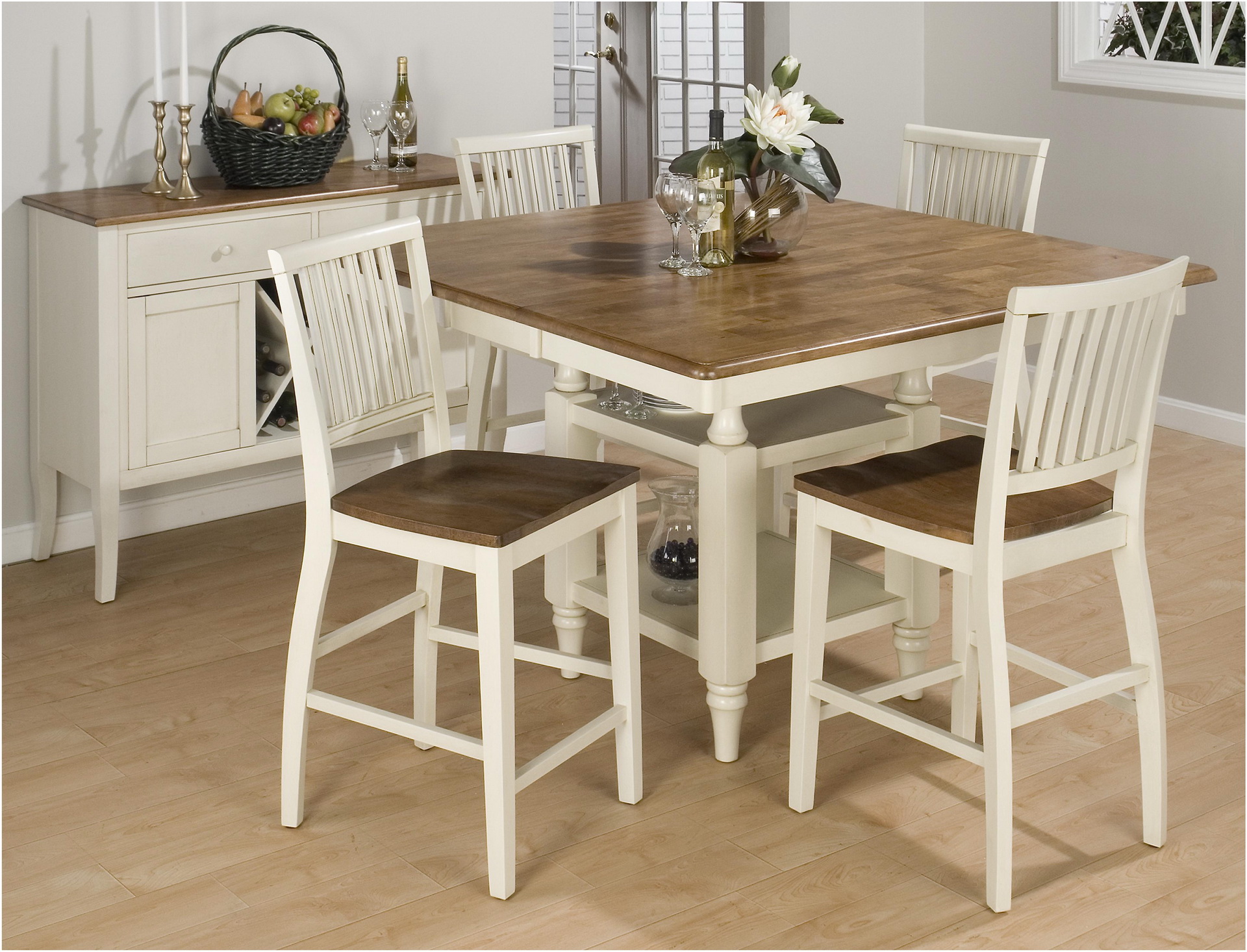If you're in the process of renovating your living room or building a new home, one important element to consider is the size of your windows. Not only do windows play a crucial role in ventilation and natural light, but they also add character and style to your living space. When it comes to living room window width, it's essential to choose the right size to achieve the perfect balance of function and aesthetics. While there are no hard and fast rules for window sizes, there are some standard options that are commonly used in living rooms. The most common standard window sizes for living rooms are 36 inches, 48 inches, and 60 inches in width. These sizes are ideal for most living rooms and provide a good amount of natural light while still allowing for enough wall space to hang any artwork or decor. However, keep in mind that these standard sizes may not work for every living room. That's why it's essential to know how to measure the width of your living room window and understand the factors that can affect the size you choose.Standard Window Sizes for Living Rooms
Before you start shopping for windows, it's crucial to measure the width of your living room window accurately. Here's a simple guide to help you get the correct measurements: 1. Measure the inside width: Using a measuring tape, measure the inside width of the window frame from one side to the other. Be sure to measure at the top, middle, and bottom to account for any variations. 2. Measure the outside width: Next, measure the outside width of the window frame from one side to the other. Again, measure at the top, middle, and bottom to ensure accuracy. 3. Consider the window type: The type of window you choose can also affect the width. For example, a double-hung window will have a smaller opening than a casement or sliding window. By following these steps, you can get a precise measurement of your living room window width and determine the best size for your space.How to Measure the Width of a Living Room Window
When it comes to choosing the right window width for your living room, there are a few factors to consider. First and foremost, think about the purpose of the window. Is it primarily for natural light or ventilation? Do you want to use it as a focal point in the room? Another essential factor is the size of your living room. If you have a small living room, opting for a larger window width may not be the best choice as it can overwhelm the space. On the other hand, if you have a large living room, smaller window widths may not provide enough natural light. Additionally, think about the placement of your furniture and how the window width will affect it. If you have a couch or other large pieces of furniture under the window, make sure the window width won't interfere with their placement.Choosing the Right Window Width for Your Living Room
When it comes to living room window width, there are some common mistakes that homeowners make. These mistakes can affect the overall look and functionality of your living room. Here are a few to avoid: 1. Choosing the wrong size: As mentioned earlier, choosing the wrong window size can make a big impact on your living room. Be sure to measure accurately and consider all the factors mentioned to select the right size for your space. 2. Not considering the style: Different window styles have different widths, and not all styles will work for every living room. For example, a bay window may not be the best choice for a small living room, while a picture window may not provide enough ventilation. 3. Not thinking long-term: It's important to think about your long-term goals for your living room and how the window width may affect them. For example, if you plan to install window treatments in the future, you'll need to consider the extra space they will take up.Living Room Window Width: Common Mistakes to Avoid
Natural light plays a crucial role in creating a bright and inviting living room. If you want to maximize the amount of natural light in your space, there are a few tips to keep in mind when choosing the width of your living room window: 1. Consider the orientation of your living room: If your living room faces north, you may need a larger window width to allow for more natural light. However, if your living room faces south, a smaller window width may be enough. 2. Use larger windows: Generally, larger windows will provide more natural light than smaller ones. If you have the space and budget, consider using multiple windows or a larger window to increase the amount of natural light in your living room. 3. Avoid obstructions: Be mindful of any obstructions outside your windows, such as trees or buildings, that may block natural light. These obstructions can affect the amount of light that enters your living room through the window.Maximizing Natural Light: Tips for Living Room Window Width
As mentioned earlier, there are some standard window sizes that are commonly used in living rooms. However, if your living room has unique dimensions or you have a specific vision in mind, you may need to consider custom window sizes. Custom window sizes allow you to choose the exact width and height of your windows, giving you more flexibility in design and functionality. Keep in mind that custom windows may be more expensive, but they can be worth it for the perfect fit in your living room.Living Room Window Width: Standard vs. Custom Sizes
If you plan on adding window treatments to your living room, it's important to factor in the extra space they will take up when measuring for window width. Here are some tips for measuring for window treatments: 1. Measure from the outside: When measuring for window treatments, measure the width from the outside of the window. This will ensure that your treatments will fit correctly and not block any natural light. 2. Consider the hardware: Don't forget to account for the hardware of your window treatments, such as curtain rods or blinds, when measuring for width. This will ensure that your treatments can be easily installed and function properly. 3. Leave some extra space: It's always a good idea to leave a few extra inches on either side of the window for drapery or curtains to hang and allow for a more elegant look.Measuring for Window Treatments in a Living Room
Ultimately, the perfect window width for your living room will depend on your specific space and needs. By taking the time to measure accurately, consider all the factors, and avoid common mistakes, you can find the right window width for your living room. Remember to also consider the style and design of your living room when choosing the window width. Different styles, such as traditional, modern, or farmhouse, may require different window widths to achieve the desired look.Living Room Window Width: Finding the Perfect Fit for Your Space
If you have a small living room window and want to increase the width, there are a few options to consider: 1. Install a larger window: If your budget allows, you can replace your current window with a larger one to increase the width and bring in more natural light. 2. Add a window extension: A window extension, also known as a window bump-out, can add extra space and width to your living room window. This option is more cost-effective than replacing the entire window. 3. Install side panels: Side panels can create the illusion of a wider window and add a decorative touch to your living room. They can be easily installed and come in a variety of styles to match your decor.How to Increase the Width of a Living Room Window
When choosing the window width for your living room, it's important to consider the overall style and design of your space. Here are some tips for different styles: 1. Traditional: For a traditional living room, opt for standard window widths and consider adding decorative elements, such as window grids or trim, for a classic look. 2. Modern: Modern living rooms tend to have larger windows, so you may want to consider custom sizes to achieve the desired width. Also, think about using floor-to-ceiling windows for a sleek and open feel. 3. Farmhouse: Farmhouse style living rooms often feature large, open windows to let in plenty of natural light. Consider using double-hung or sliding windows for a more rustic look.Living Room Window Width: Design Considerations for Different Styles
The Importance of Living Room Window Width in House Design
/What-are-standard-window-sizes-5195074-V1-1156aee102ac4a7d8aeac631454c41dc.png)
The Role of Windows in House Design
 Windows play a crucial role in the overall design of a house. They not only provide natural light and ventilation, but they also contribute to the aesthetic and functional aspects of a home. When it comes to the living room, the window width is a key factor to consider in order to create a comfortable and inviting space.
Windows play a crucial role in the overall design of a house. They not only provide natural light and ventilation, but they also contribute to the aesthetic and functional aspects of a home. When it comes to the living room, the window width is a key factor to consider in order to create a comfortable and inviting space.
Maximizing Natural Light
 One of the main purposes of windows is to bring in natural light. In the living room, this is especially important as it is often the central gathering space in a home.
Having a wide window can significantly increase the amount of natural light that enters the room, creating a brighter and more spacious feel.
This can also have a positive impact on your mood and overall well-being, as natural light has been proven to boost serotonin levels and improve sleep patterns.
One of the main purposes of windows is to bring in natural light. In the living room, this is especially important as it is often the central gathering space in a home.
Having a wide window can significantly increase the amount of natural light that enters the room, creating a brighter and more spacious feel.
This can also have a positive impact on your mood and overall well-being, as natural light has been proven to boost serotonin levels and improve sleep patterns.
Enhancing the View
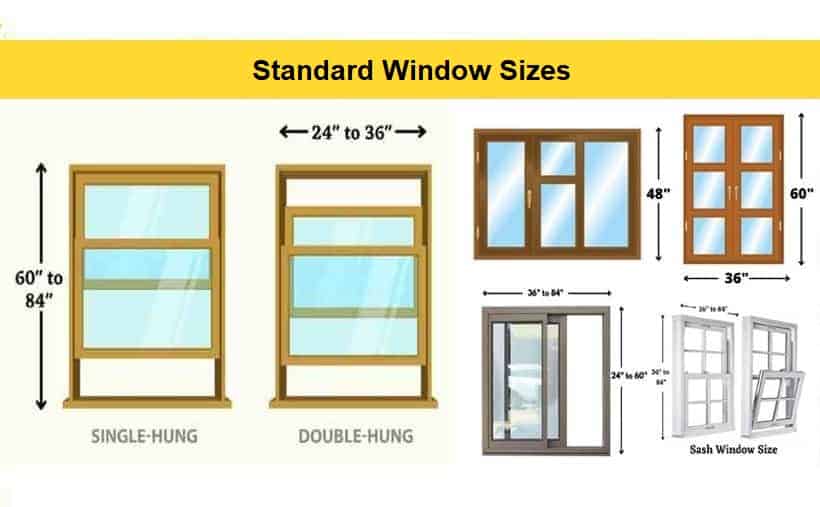 Aside from providing natural light, windows also offer a view to the outside world. A living room with a wide window can provide a stunning view of the surrounding landscape, whether it be a lush garden or a bustling city skyline.
The wider the window, the more expansive the view will be, making it a focal point of the room and enhancing the overall design.
Aside from providing natural light, windows also offer a view to the outside world. A living room with a wide window can provide a stunning view of the surrounding landscape, whether it be a lush garden or a bustling city skyline.
The wider the window, the more expansive the view will be, making it a focal point of the room and enhancing the overall design.
Incorporating Functional Elements
 When it comes to house design, functionality is just as important as aesthetics. A living room with a wider window can serve as a functional element in the room. Depending on the window's height and placement, it can act as a natural divider between the living room and other areas of the house, such as a dining area or home office.
Additionally, a wide window can also serve as a source of ventilation, allowing for fresh air to circulate and improving the overall air quality in the living room.
When it comes to house design, functionality is just as important as aesthetics. A living room with a wider window can serve as a functional element in the room. Depending on the window's height and placement, it can act as a natural divider between the living room and other areas of the house, such as a dining area or home office.
Additionally, a wide window can also serve as a source of ventilation, allowing for fresh air to circulate and improving the overall air quality in the living room.
Creating a Sense of Balance
 The size and placement of windows can greatly impact the balance and symmetry of a room's design. In the living room, a wide window can create a sense of balance and proportion, especially when paired with other elements such as furniture and decor.
It can also help to visually elongate the room, making it feel more spacious and cohesive.
In conclusion, the living room window width is a crucial aspect to consider in house design. Not only does it provide natural light and a view to the outside world, but it also contributes to the functionality and overall aesthetic of the space. So next time you're designing or renovating your living room, make sure to give careful thought to the size and placement of your windows.
The size and placement of windows can greatly impact the balance and symmetry of a room's design. In the living room, a wide window can create a sense of balance and proportion, especially when paired with other elements such as furniture and decor.
It can also help to visually elongate the room, making it feel more spacious and cohesive.
In conclusion, the living room window width is a crucial aspect to consider in house design. Not only does it provide natural light and a view to the outside world, but it also contributes to the functionality and overall aesthetic of the space. So next time you're designing or renovating your living room, make sure to give careful thought to the size and placement of your windows.




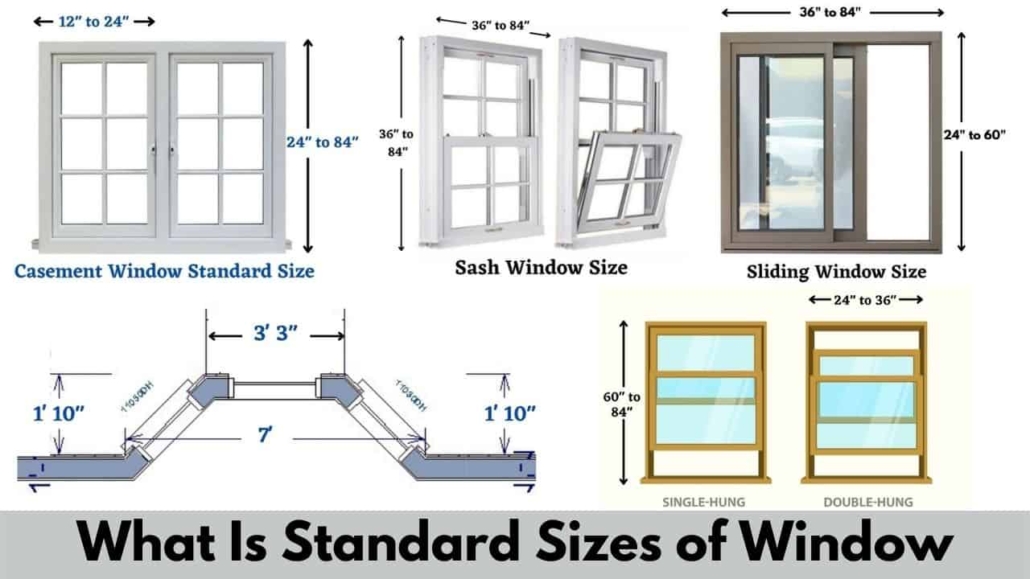






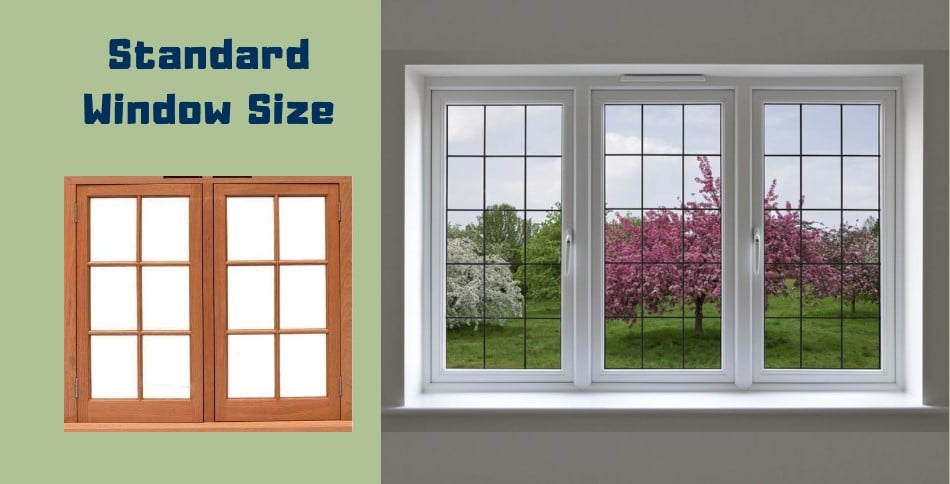










,quality(85)/f/54992/2880x2160/8afc96a026/drapery-houston-the-woodlands-living-room-rich-past-winter.png)














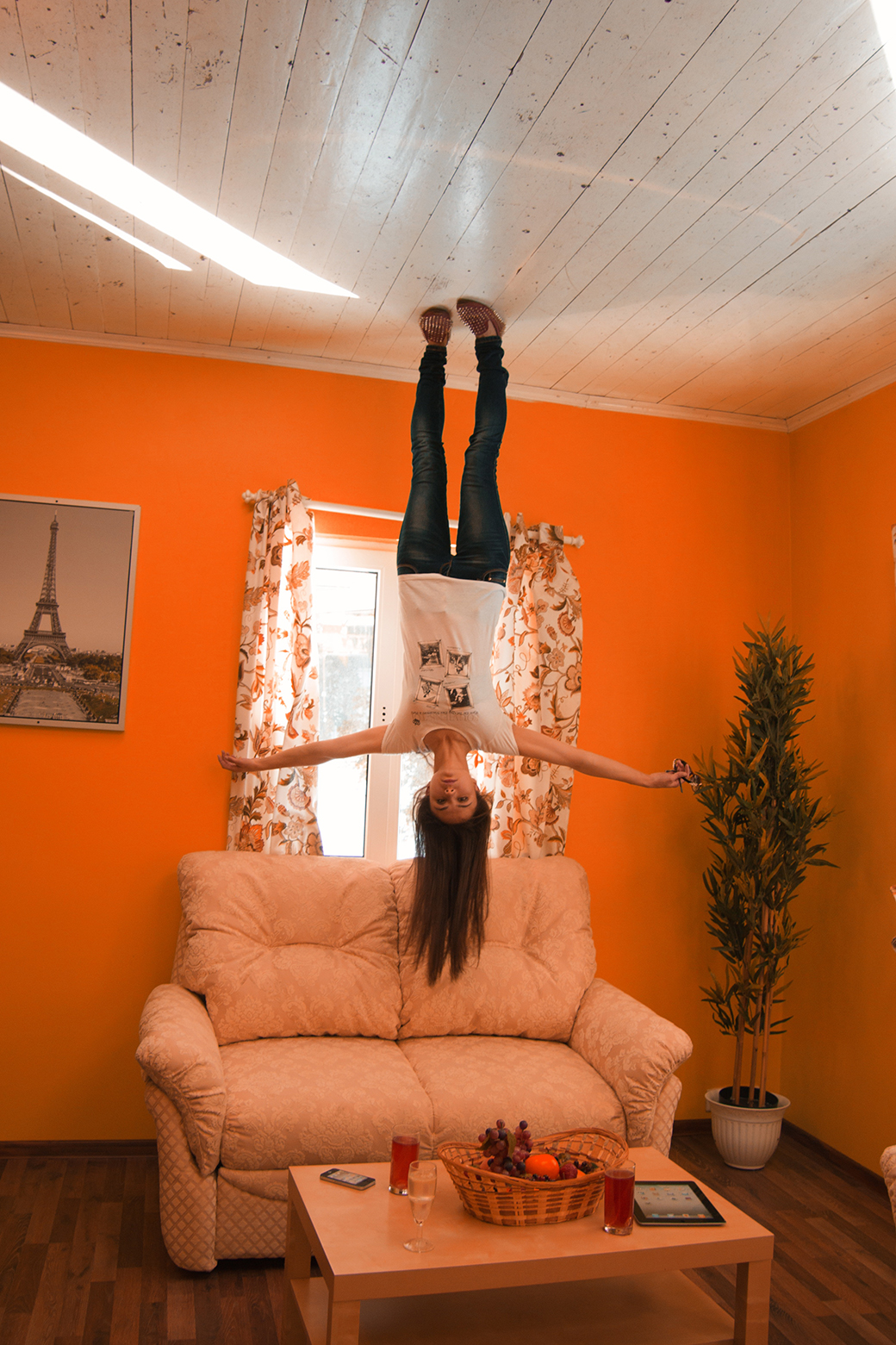









:max_bytes(150000):strip_icc()/What-are-standard-window-sizes-5195074-V1-1156aee102ac4a7d8aeac631454c41dc.png)









































:max_bytes(150000):strip_icc()/2019-11-06_StudioMunroe_BAMV-0288-Edit_LRG-6f4a5e025ed749adb01bcfae8d78dea8.jpg)





